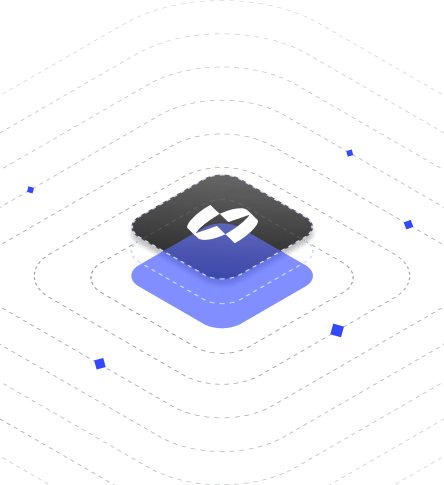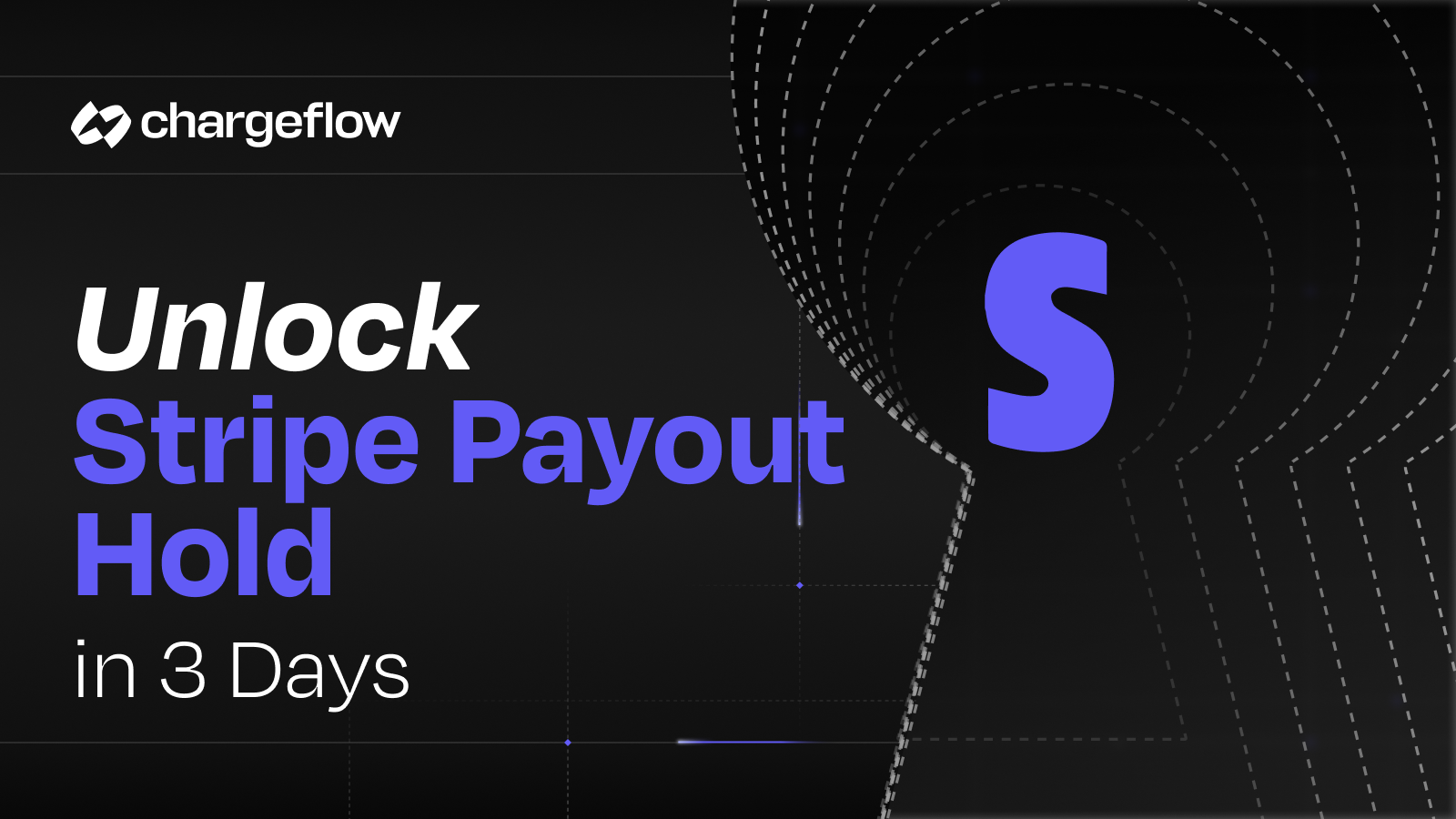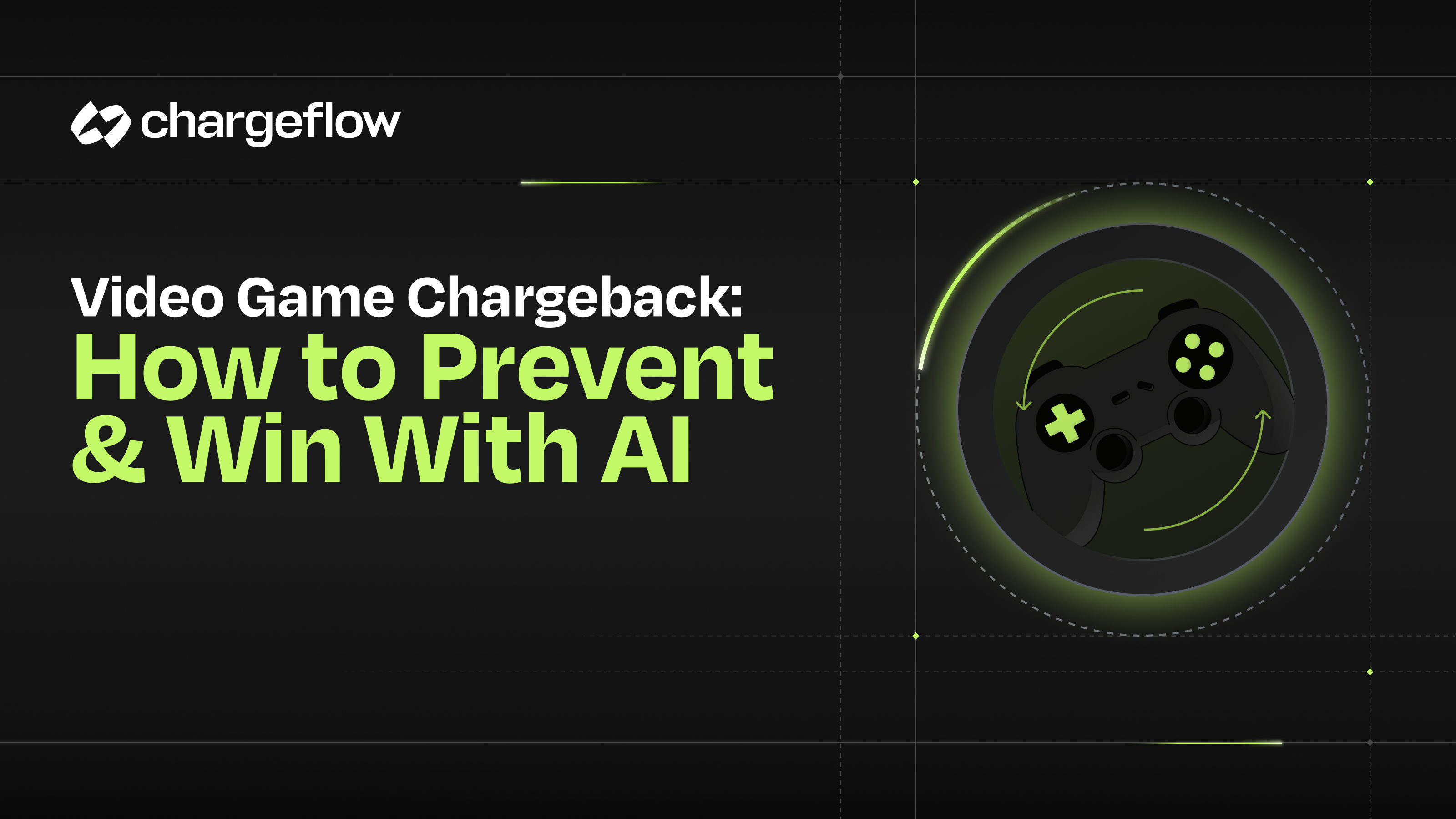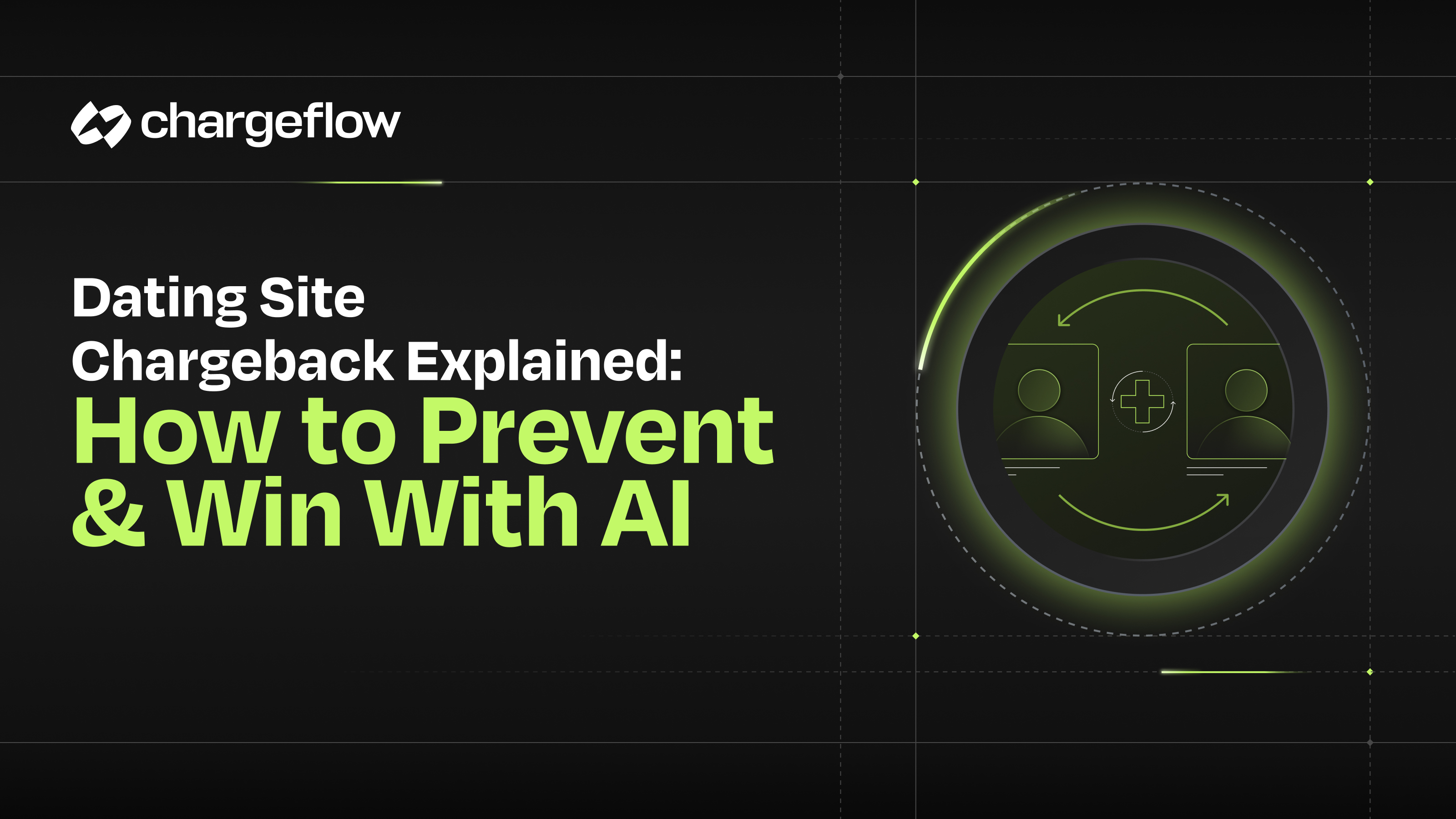What is Return Item Chargeback for Bank of America?

Chargebacks?
No longer your problem.
Recover 4x more chargebacks and prevent up to 90% of incoming ones, powered by AI and a global network of 15,000 merchants.
Bank of America's return item chargeback can be confusing for merchants. Learn what it is and how to prevent it with our comprehensive guide.
Return item chargebacks can be a frustrating and confusing aspect of conducting business, especially for Bank of America merchants. As a merchant, it's important to understand how these chargebacks work and how they impact both you and your customers.
In this article, we will demystify return item chargebacks for Bank of America merchants. We'll cover the basics of chargebacks, explain what return item chargebacks are, and explore Bank of America's policies and procedures for handling these chargebacks.
We'll also provide tips for preventing chargebacks and answer frequently asked questions. By the end of this article, you'll have a solid understanding of return item chargebacks and what steps you can take to protect your business.
Amex Return Item Chargebacks Explained
A return item chargeback is a type of transaction dispute that occurs when a customer requests a refund from their bank after receiving a product or service from a merchant. In this case, the bank reverses the transaction and debits the merchant's account for the full amount of the purchase.
Bank of America, one of the largest financial institutions in the United States, handles return item chargebacks for its merchants per industry standards and regulations.
Here's what you need to know about return item chargebacks and how they are handled by Bank of America:
How does Bank of America handle Return Item Chargebacks?
Bank of America follows industry standards and regulations for handling return item chargebacks. If a customer disputes a transaction, Bank of America investigates the dispute and provides the merchant with a chargeback notification. The merchant has the opportunity to provide evidence that the transaction was legitimate, and if the evidence is sufficient, the chargeback will be reversed.
Who can initiate a Return Item Chargeback with Bank of America?
A return item chargeback can be initiated by the customer's bank or the merchant's bank. If the customer's bank initiates the chargeback, Bank of America will investigate the dispute and provide the merchant with a chargeback notification. If the merchant's bank initiates the chargeback, the merchant will receive a notice of the chargeback from Bank of America.
What are the common reasons for Return Item Chargebacks for Bank of America Merchants?
The most common reasons for return item chargebacks for Bank of America merchants include fraudulent transactions, technical errors, non-receipt of goods or services, damaged or defective products, misrepresentations or misleading information, and subscription cancellation disputes.
Overall, understanding return item chargebacks is important for Bank of America merchants to protect their businesses from fraudulent transactions and chargeback disputes.
By providing excellent customer service, monitoring transactions for suspicious activity, and staying up-to-date on Bank of America's chargeback policies and regulations, merchants can prevent return item chargebacks and maintain a positive relationship with their customers.
Bank of America's Return Item Chargeback Policy
Bank of America's Return Item Chargeback Policy is an essential aspect of doing business with this financial institution. Understanding this policy can help merchants protect their revenue and prevent disputes.
When a customer disputes a transaction, Bank of America may initiate a return item chargeback. This means that the funds for the disputed transaction are returned to the customer while the merchant's account is debited for the same amount.
Bank of America has strict timelines for disputing a return item chargeback. Merchants have 20 calendar days from the date the chargeback was issued to dispute the charge. Failure to respond within this timeframe may result in a permanent debit to the merchant's account.
To dispute a return item chargeback, merchants must provide documentation that proves the validity of the transaction. This may include proof of delivery, signed contracts, or other evidence that the customer received the product or service as promised.
The dispute process with Bank of America typically takes 60-90 days to complete. During this time, merchants should continue to monitor their accounts for any additional chargebacks and take steps to prevent future disputes.
It's important to note that Bank of America has a liability policy for return item chargebacks. Merchants may be liable for a portion of the disputed funds if they are unable to provide sufficient evidence to support their claim.
To prevent return item chargebacks, Bank of America merchants should provide clear product descriptions, images, and shipping information. Merchants should also respond quickly to customer inquiries and complaints, and consider offering easy returns and refunds.
Tips for Bank of America Merchants to Prevent Return Item Chargebacks
Return item chargebacks can be a major headache for Bank of America merchants, as they can result in lost revenue and damage to their reputation. Fortunately, there are steps that merchants can take to prevent return item chargebacks from occurring in the first place. Here are some tips to keep in mind:
1. Provide Clear and Accurate Product Descriptions and Images
One of the main reasons that customers initiate chargebacks is because they received a product that did not match the description or images provided on the merchant's website. To avoid this, ensure that all product descriptions and images are clear, accurate, and up-to-date.
2. Offer Easy Returns and Refunds
Another common reason for chargebacks is when customers are unhappy with their purchase and feel that they have no other recourse. By offering easy returns and refunds, merchants can reduce the likelihood of chargebacks while also improving customer satisfaction.
3. Monitor Transactions for Suspicious Activity
Fraudulent transactions are a common reason for chargebacks, and they can be difficult to detect. To minimize the risk of fraud, merchants should monitor all transactions for suspicious activity and take action if necessary.
4. Provide Excellent Customer Service
A dissatisfied customer is much more likely to initiate a chargeback than a satisfied one. Merchants can reduce the risk of chargebacks by providing excellent customer service, responding promptly to customer inquiries and complaints, and resolving issues quickly and satisfactorily.
5. Stay Up-to-Date on Chargeback Policies and Regulations
Chargeback policies and regulations are constantly evolving, and merchants need to stay informed to avoid potential issues. By staying up-to-date on the latest policies and regulations, merchants can ensure that they are taking all necessary steps to prevent chargebacks.
Prevent Chargebacks with Chargeflow
Return item chargebacks can be a major issue for Bank of America merchants, but with the right understanding and tools, they can be prevented. Bank of America has clear policies in place for handling return item chargebacks, and merchants need to familiarize themselves with these policies and take steps to prevent disputes from happening in the first place.
One effective way for Bank of America merchants to manage chargebacks is to opt for Chargeflow chargeback management services. Chargeflow platform provides merchants with real-time data and analytics to identify the root causes of chargebacks and take proactive measures to prevent them. Additionally, Chargeflow offers customized dispute letters and support from a team of chargeback experts to help merchants win disputes and recover lost revenue.
By taking advantage of Chargeflow services and implementing preventive measures to avoid return item chargebacks, Bank of America merchants can save time and resources while improving their customer relationships and revenue streams. Don't let chargebacks hold your business back - take action today to protect your bottom line.

Chargebacks?
No longer your problem.
Recover 4x more chargebacks and prevent up to 90% of incoming ones, powered by AI and a global network of 15,000 merchants.






























.png)








